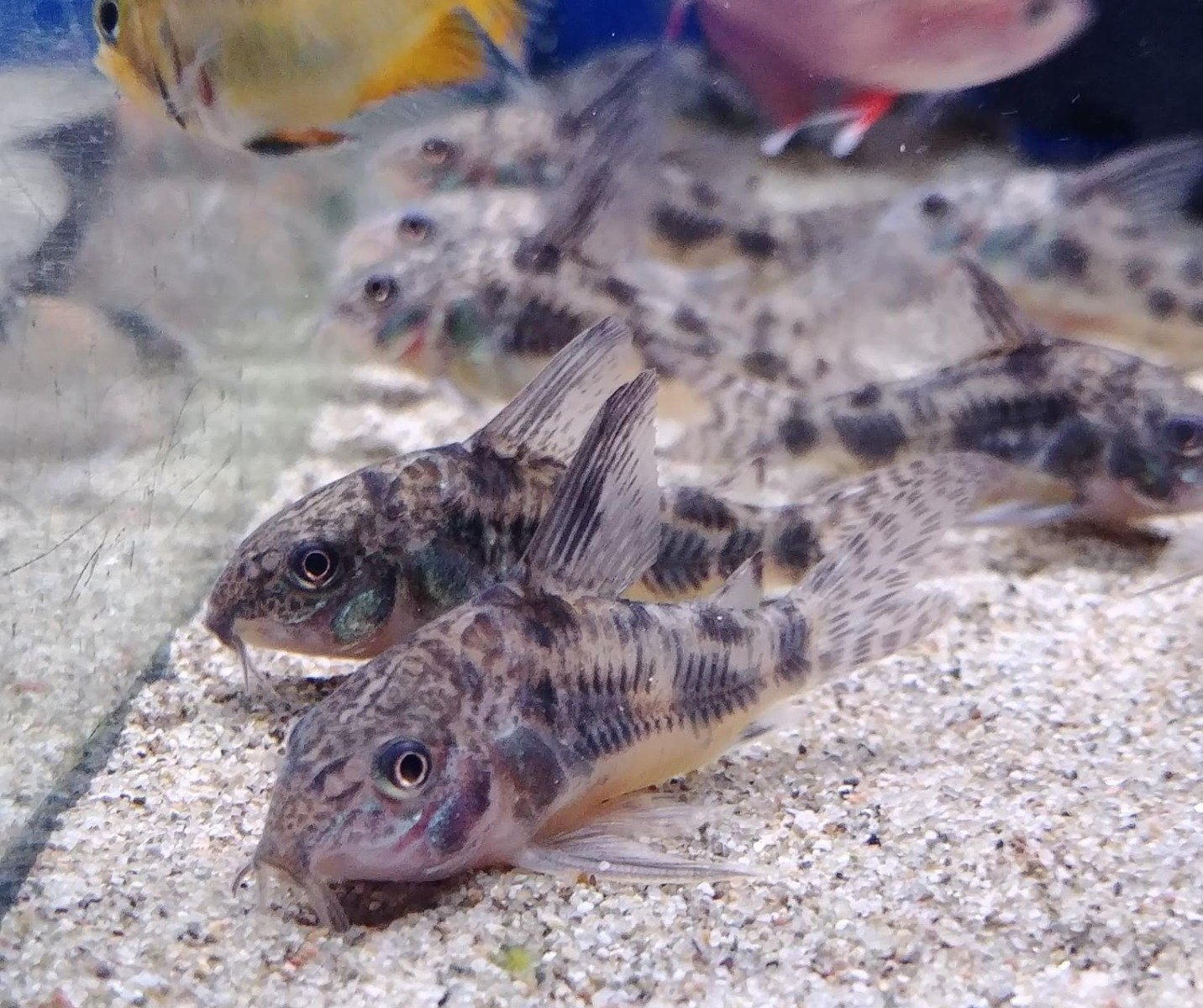Caring for your Coldwater Fish
Many of us had a goldfish as our first childhood pet and they’re a popular choice, especially for a child’s first aquarium. But these large and messy fish are actually far better suited to outdoor life in a pond. That childhood goldfish you remember may well have been one in a series of unfortunate fish, secretly replaced in order to avoid disappointment as they struggled to survive in an unfiltered bowl. In these more enlightened times, there are far better options available, but all fish need a filtered aquarium in order to properly thrive.
Lots of fish will live quite happily at average room temperature. Many come from cooler regions of tropical countries and can tolerate a wide range of temperatures, but if your room temperature is likely to drop consistently below 18C then it’s best to add a small aquarium heater to protect your fish against extremes. If turned down to its lowest setting, the heater will only work in the coldest of conditions, giving you the right temperate conditions to suit most of the species listed.
Starting with goldfish (Carassius auratus), these domesticated fish come in a huge array of shapes and either “hardy” or “fancy” forms. The hardy varieties are the slender ‘fish-shaped’ fish that can be kept outside all year round, such as Shubunkins, Sarasas and Canary Goldfish. Thanks to their shape, they’re less prone to internal problems such as swim-bladder issues. As all goldfish need large aquaria, the advantage of the hardy forms is that they can be transferred to out- door ponds as they outgrow their indoor homes and this will happen very quickly as they thrive under proper care.
Nobody ever kept a goldfish in a tank that was too large, but an ideal minimum capacity of 100 litres is not unrealistic for youngsters and it allows you to keep two or three of these social fish together. For 30cm adults, tanks smaller than 120cm will soon become cramped. Even in these large tanks, a weekly water change of around 25% will be necessary to keep your pets in good health and in good condition goldfish can easily live for twenty years or more.
“Fancy” goldfish forms such as black moors, orandas, ryukin and ranchu are big fish with plenty of character and like their hardy relatives, they need large, well-filtered aquaria as adults. Due to their more exaggerated body shapes, these fish are more prone to internal problems unless fed a diet that’s rich in fibre, and pellets are often a better choice than flake foods. Frozen foods such as bloodworm are rich in fibre to help maintain a healthy gut and avoid the internal buoyancy issues that are more commonly known as swim-bladder disease.
Fish:
Whitecloud mountain minnows (Tanichthys albonubes) are a great choice for small tanks and as well as the colourful wild form, there’s a brighter gold form to choose from as well as a long-finned version. All can be happily mixed and combine well with other species.
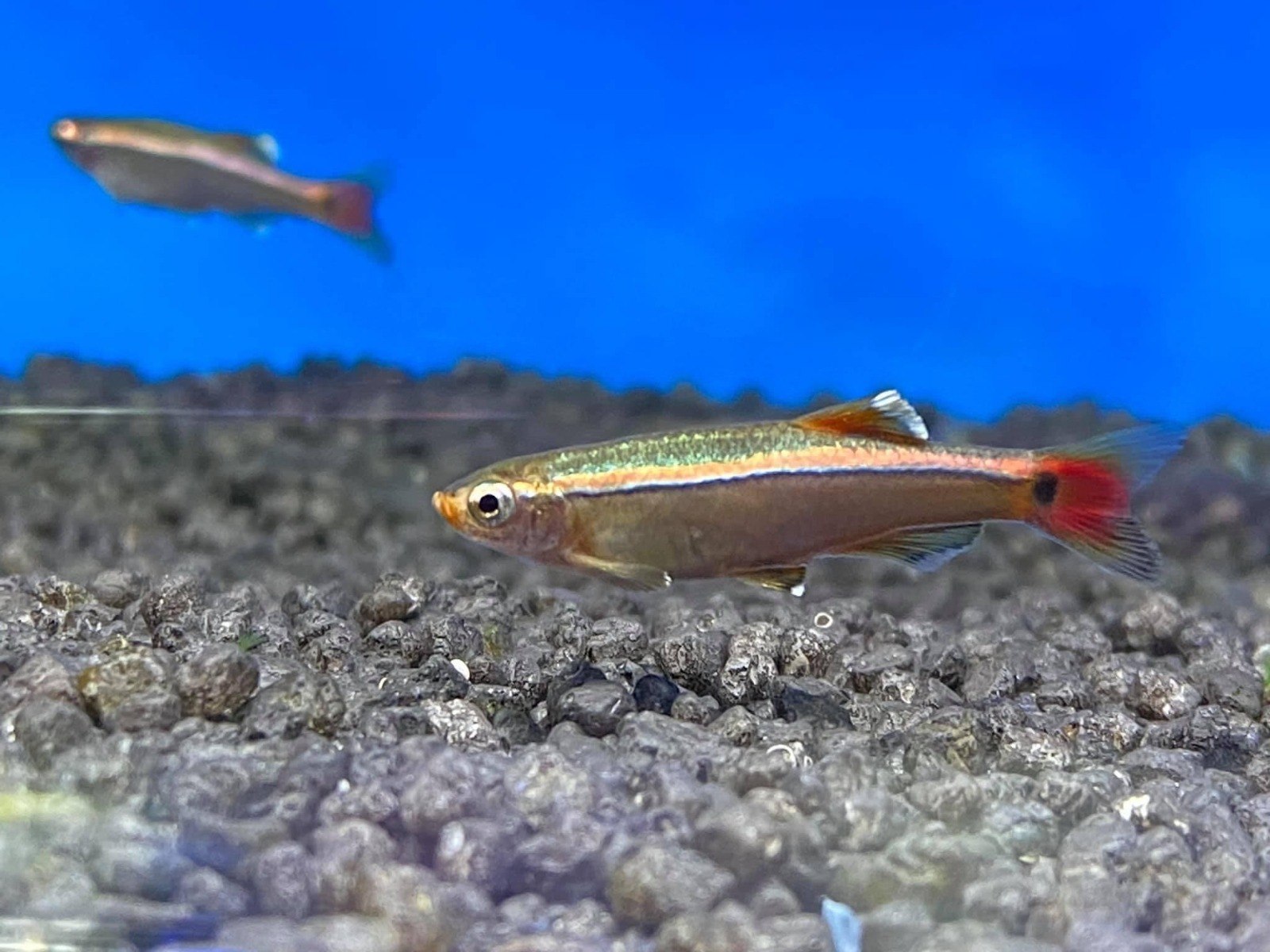
Danios naturally live in upland streams and so enjoy the fast water produced by internal filters. A number of species are suitable, including the Zebra danio (Danio rerio) in normal, leopard and gold forms, together with long-finned versions.
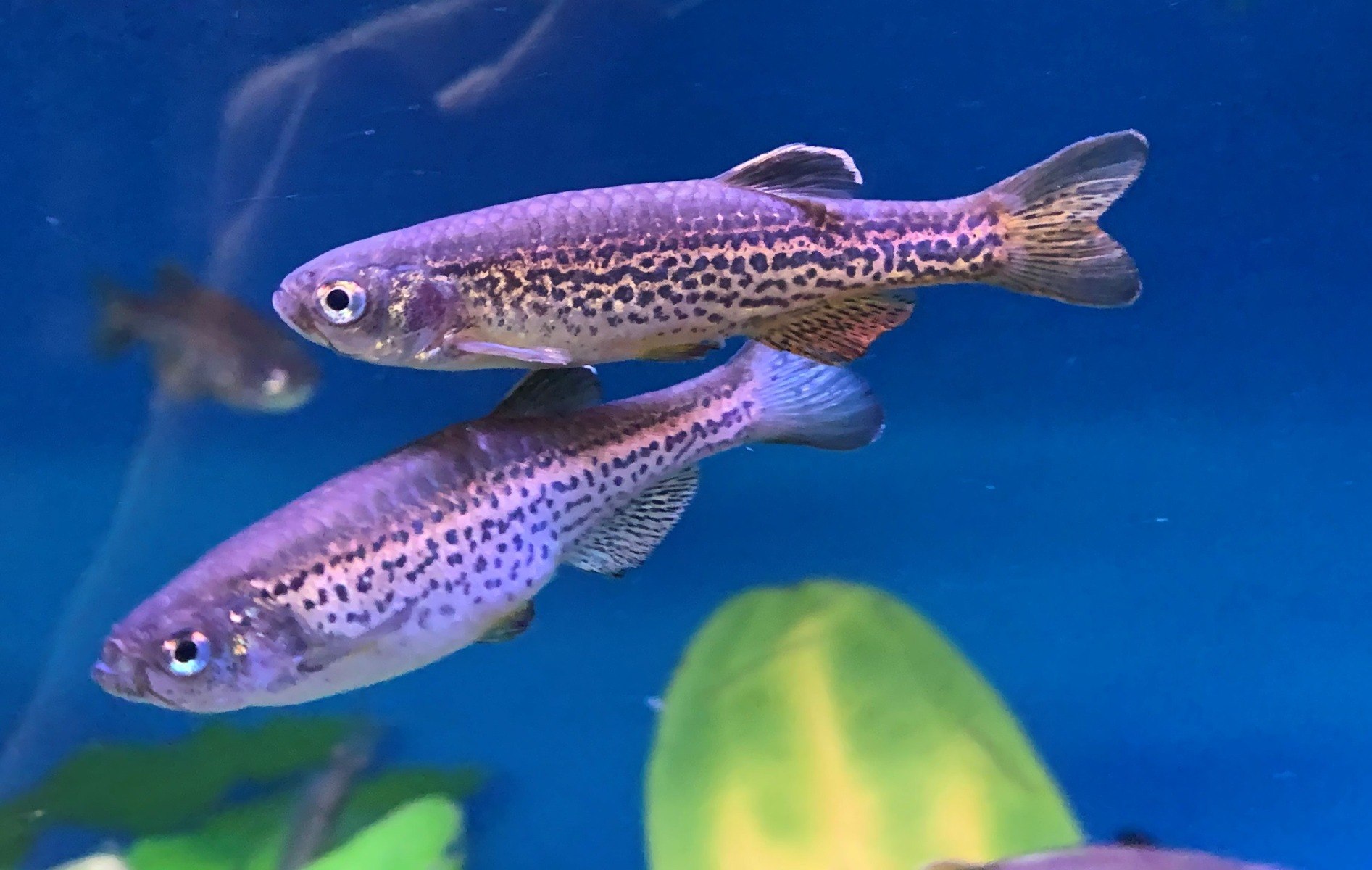
Variatus platies (Xiphophorus variatus) are bright and modestly-sized, with the more colourful males being prone to chasing the females. To prevent too much-unwanted harassment, make sure you provide the males with multiple females to spread their attention. In a planted aquarium these fish breed readily and the fully-formed young will thrive if fed fine-growth foods. Platies like algae in their diet and enjoy tablet foods made for catfish and other algae-eaters.
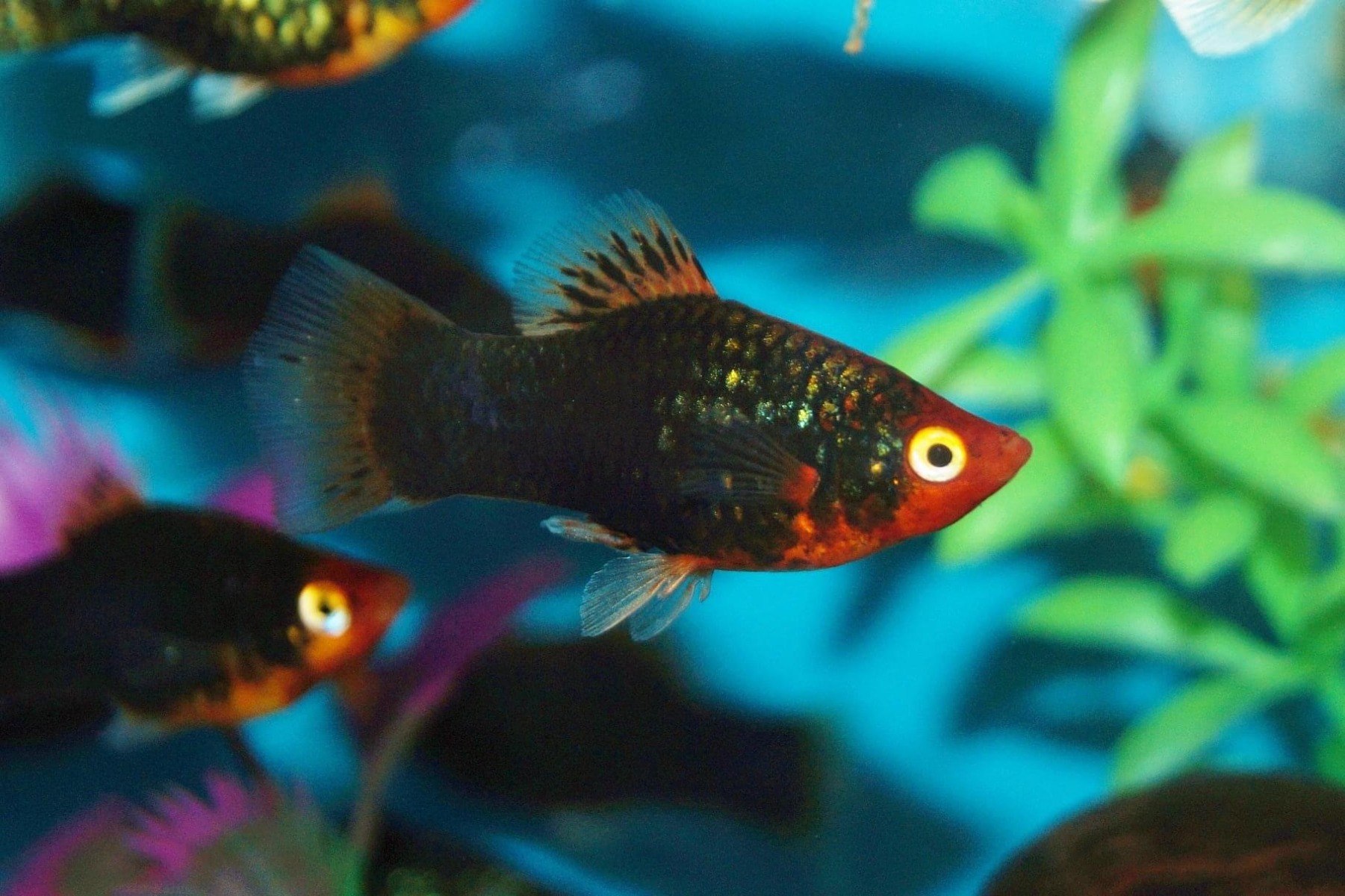
Golden medakas (Oryzias latipes) are domesticated ricefish that are very suitable for small tanks. These peaceful surface-dwellers will also breed in a planted tank, with females brushing their clusters of eggs onto a suitable surface to hatch.
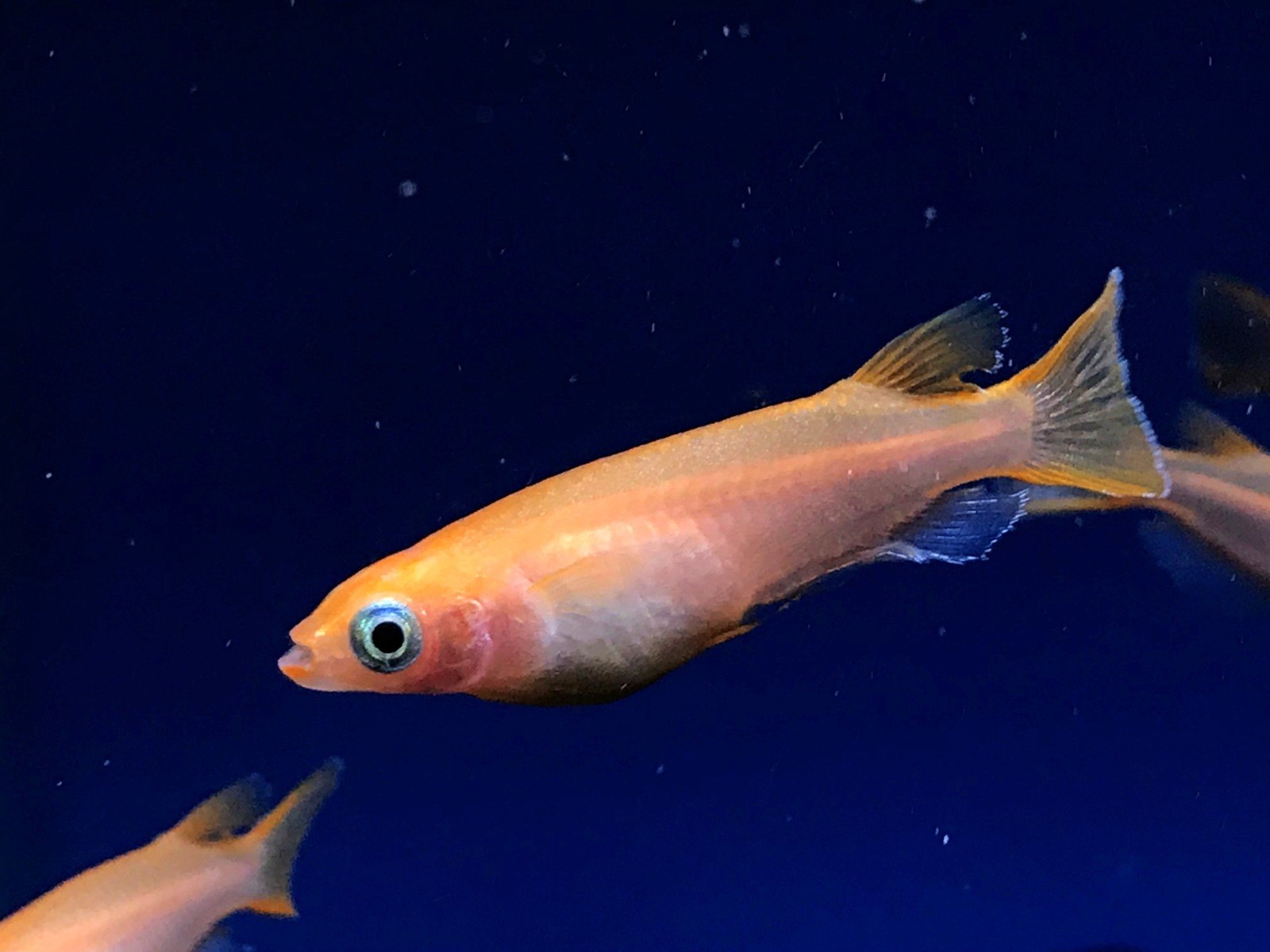
A number of Barbs are suitable for unheated aquaria and have much to recommend them. These active fish prefer larger aquaria and can be nippy with slow-moving or long-finned tank mates. Rosy barbs (Pethia conchonius) and Gold barbs (Barbodes semifasciolatus) are great choices and can be kept alongside the smaller fishes mentioned above, as long as they are added as a shoal to keep one another occupied.
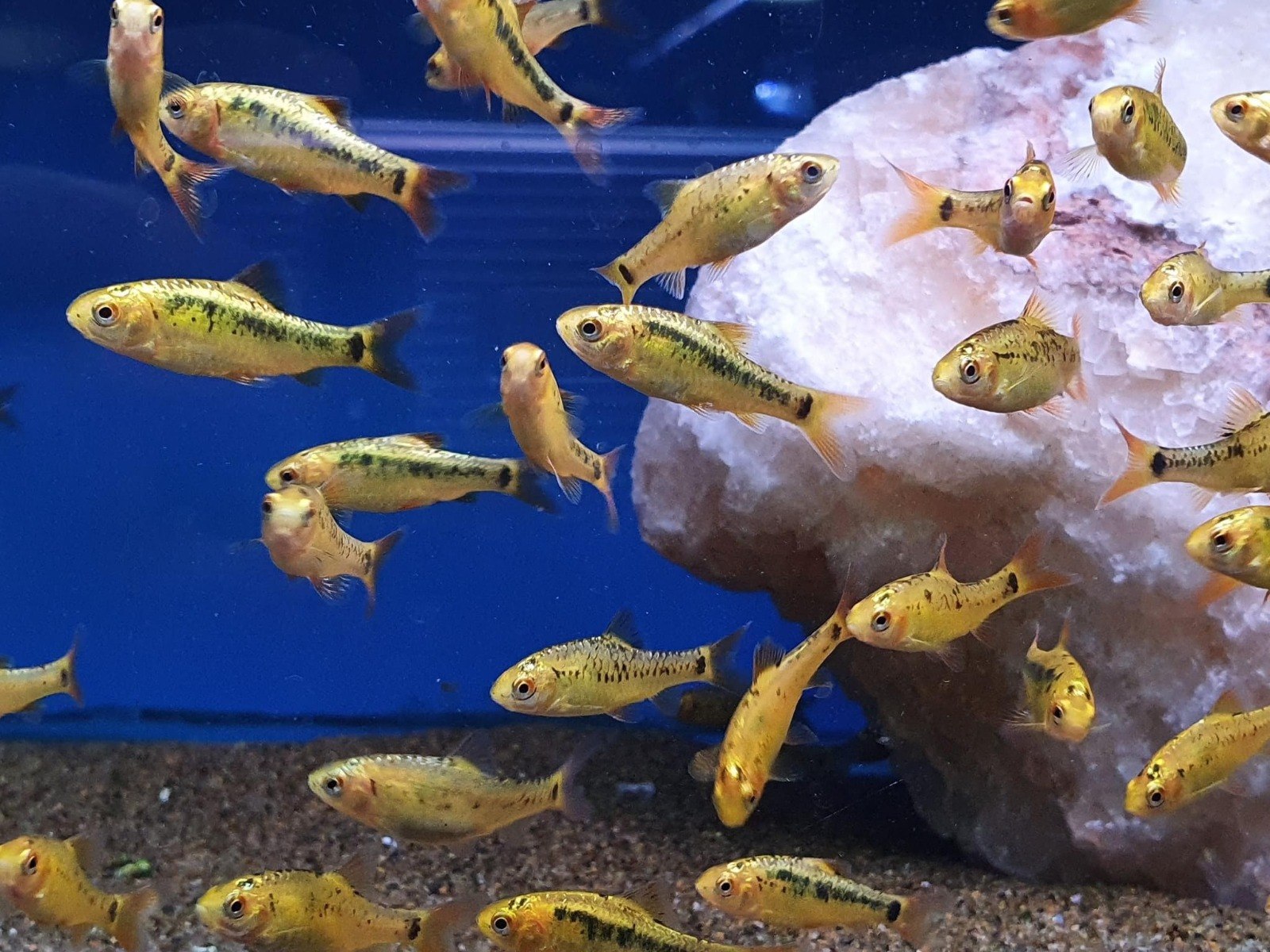
For larger aquaria, Weather loach (Misgurnus anguillicaudatus) make robust and useful companions, able to mix with goldfish and smaller temperate species as they root through the substrate in search of anything edible. Although happy to hoover up flake food, these bottom-dwelling fish prefer sinking pellets instead and also love frozen foods. Like goldfish, these are large fish when adult and both the normal and gold forms can quickly outgrow small aquaria.
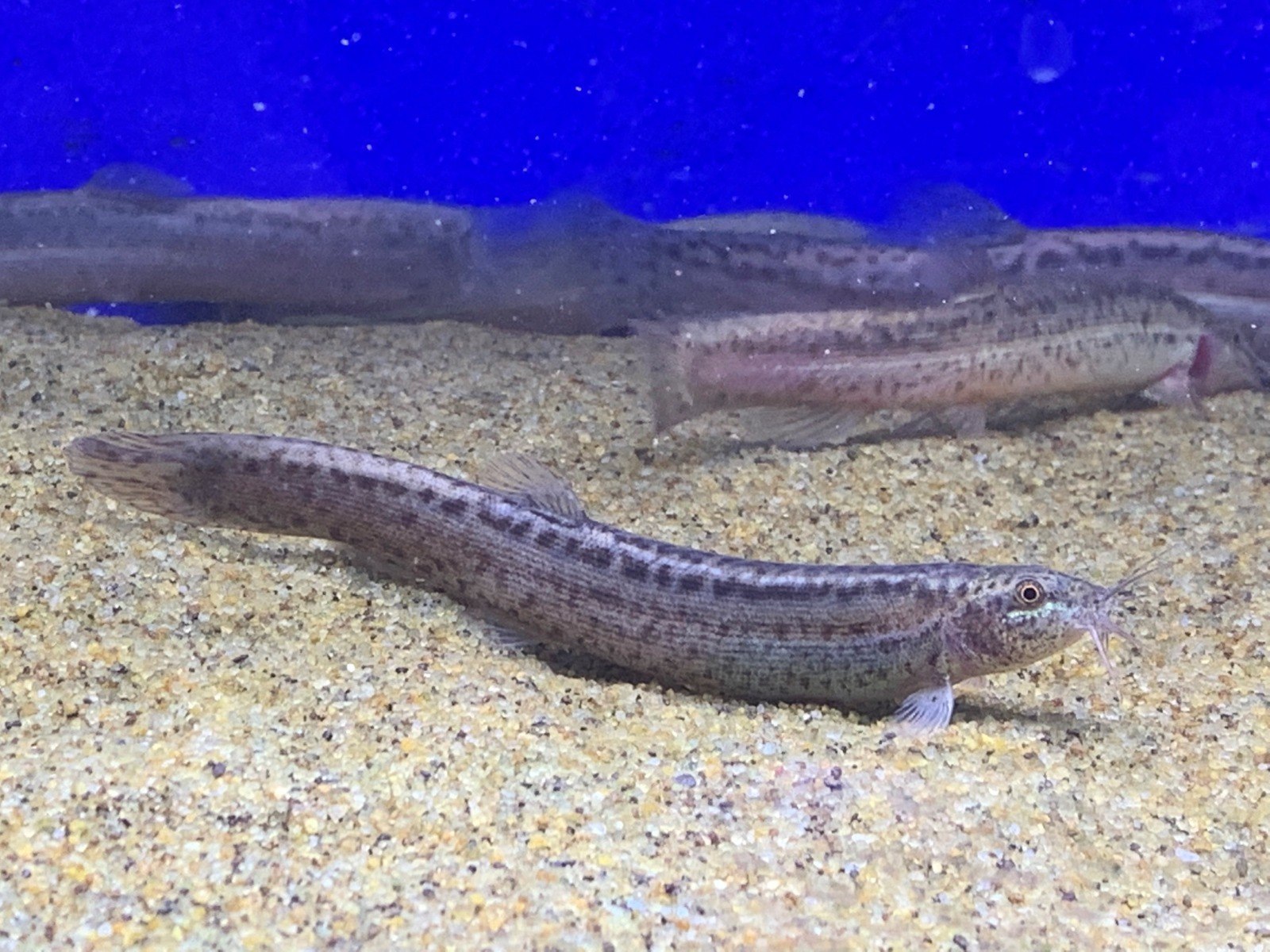
The large and varied catfish family has some members that are suitable for cooler conditions and a couple of the familiar Corydoras catfish will happily live alongside small, peaceful tank mates. The Peppered (Corydoras paleatus), Bronze (C. aeneus) and albino forms of both make good choices but require sinking foods and these sociable catfish will need to be kept in groups.
